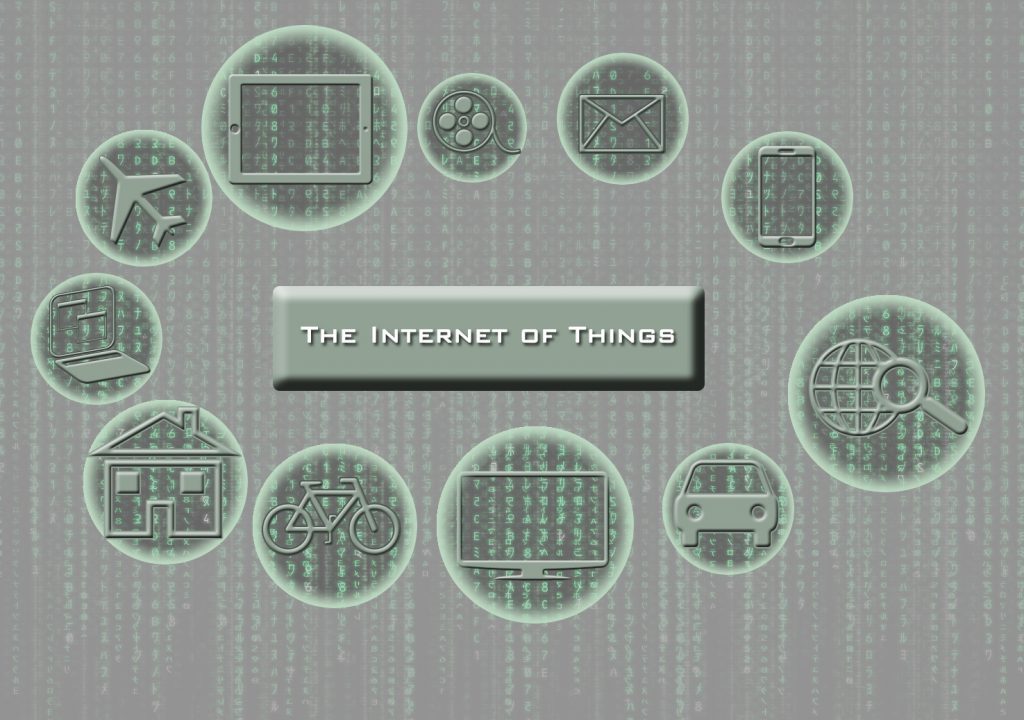We always loved the scenes in Sci-Fi films when we could create and connect to all the objects around us.
The machine that detects what you want to eat and makes it for you is one of my sci-fi favorite along with smart houses that can interact with us.
The Internet of Things age is haled along with the new concepts of personal hacking.
I first got my Fitbit the year it came out as I was lucky enough to be the CEO’s neighbor and friend.
This device along with some of the other first comers, revolutionized the way we started capturing and interacting with our own metrics and hacking ourselves.
With the first generation, unlike other pedometers out there, I was able to measure my steps, calories burned, sleep and more and then connect with my social network online , share and level up on the leader board.
One of the biggest concepts this little smart device brought was:
Accountability – I could no longer lie about how much exercise I was doing – the device knew it all and worse, it let my online community keep track of what I was doing as well by using simple game mechanics of badges, leader boards, etc.
Beyond the fitbit there are so many ways we interact with machines around us these days.
From nfc codes for the google wallet, watching what your dog does at home to voice activated technology in your car – the internet of things is all around us, it’s part of our lives, our present and definitely our future.
In his recent article, Matt Turck mapped the internet of things landscape and although there are some gaps in the map – it is a pretty thorough one.
He maps it from the building blocks, such as Arduino prototyping platform, NFC and RFID chips – as connection protocols – the enablers of the connection, along with the ubiquitous 2,3 and 4G, wifi and Bluetooth, etc.
Verticals: such as quantified self, lifestyle, connected home, industries, etc.
And lastly – Horizontals: which he sees as platforms and enablement: sensors, open source platforms, connection platforms and apps, like my favorite of late:
IFTTT – a service that uses the simple statement: If this Than that – to connect and create recipes of existing apps and now even connects the Belkin wemo motion and switch to let you create your own smart home.
So the big question: where is this all going?
Are we going to have everything connected to the point that we can hack into ourselves to a degree of accuracy that we can completely hand off our lives to our tech?
This does look like the beginning of either a blissful existence – where the mundane activities are taken over by machines who are better suited to execute and help us:
The notoriously irresponsible, over worked and committed humans do a better job of living.
Where our metrics are so precise we can predict how much we need to save our calories in one week so we can get into that dress in 4 weeks if we follow our fitbit’s guidance.
Or can switch off our curling iron from 33,000 feet in the air – in case we forgot it – using our smartphone.
The other existence could be a nightmarish one – taken out of Skynet or the Matrix – where in order to truly get away from our machines and
their invasion of our lives – we will need to disappear to a tech-less world or go deep into the earth’s core.
For storytellers and Brands I believe these new tools will yield an amazing plethora of new possibilities.
Connecting to your audience in new ways, empowering them with your brand, and helping in creating an immersive storyworld that is custom built for each one of your users.
It's definitely going to be very interesting to see what comes next.

